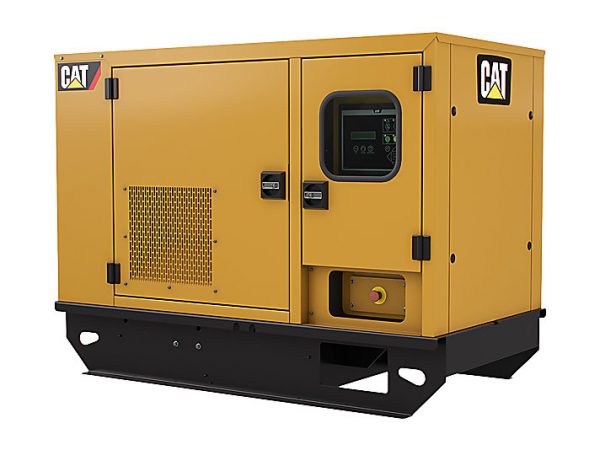If only those companies were wealthy enough to do something about it. I guess our only choice is let the tazpayer handle it.
Who is going to prison over that?
“Than thought”
Man, I wonder where that “thought” came from
A more correct title would be “7 to 8 times more than originally reported”
Pfew, i was afraid they were eight times worse.
Shocking. /s
I think there was an estimate of the warming effects of natural gas including methane leaks which showed it being worse than coal.
The page seems down. Could someone forward the study to me
Seems to work for me, but here’s the direct link for the study https://pubs.acs.org/doi/10.1021/acs.est.4c05602
Turns out that all the site for McGill don’t want me to enter

Methane emissions from Canada’s non-producing oil and gas wells appear to be seven times higher than government estimates, according to a new study led by researchers at McGill University. The findings spotlight a major gap in the country’s official greenhouse gas inventory and raise urgent questions about how methane leaks are monitored, reported and managed.
“Non-producing wells are one of the most uncertain sources of methane emissions in Canada,” said Mary Kang, Associate Professor of Civil Engineering at McGill and senior author on the paper. “We measured the highest methane emission rate from a non-producing oil and gas well ever reported in Canada.”
Methane is a potent greenhouse gas. Over a 20-year period, it traps about 80 times more heat in the atmosphere than the same amount of carbon dioxide. It’s also associated with air pollution and health risks.Kang’s team directly measured methane emissions from 494 wells across five provinces using a chamber-based method and analyzed well-level data such as age, depth and plugging status. The national emissions estimate they arrived at – 230 kilotonnes per year – is sevenfold higher than the 34 kilotonnes reported in Canada’s National Inventory Report. The study was published in Environmental Science & Technology.
Looks like the cover to Supermassive Black Hole
I’m not an oil guy, but since methane has its uses, would there not be a way to capture this gas and sell it?
It’s a good bit of infrastructure to capture, compress, transport, and sell methane on the market. Since these are “non-producing” wells, I would assume that the leakage is (relatively) low and maybe not be worth the cost of all the setup and maintenance.
Just put a methane generator on them and sell the power onto the grid. Its what many landdfills do with their methane.
Garbage dumps are close to the grid and the users.
Many of the worst offenders are very old wells, as much as a century old. Their original owners are long gone which is how governments ended up being burdened with capping them.
Like many old toxic mines, the creators of the problems have evaded legal liability by going out of business. Legal frameworks may be more rigorous now but the old wells and mines remain.
Some of the oldest wells, like the ones near Petrolia in SW Ontario, might be economically viable for methane power generation. Others in Saskatchewan and Alberta are likely not.
Lots of industries just flare it when the winds are blowing the right way, ie: downwind of any Environment Canada sensors.
Flaring is much better than just letting the methane escape so it would be a better solution than doing nothing and would be a great stepping stone to a more permanent option. Flaring would be much cheaper than a methane generator or capture device.






